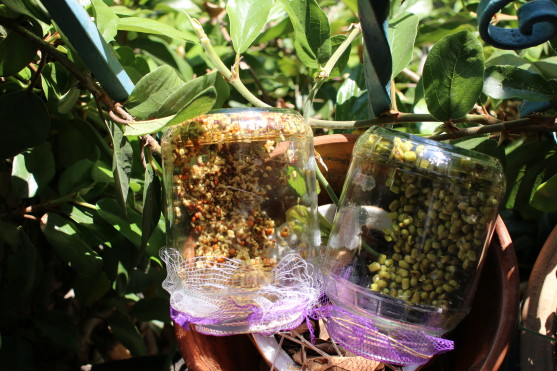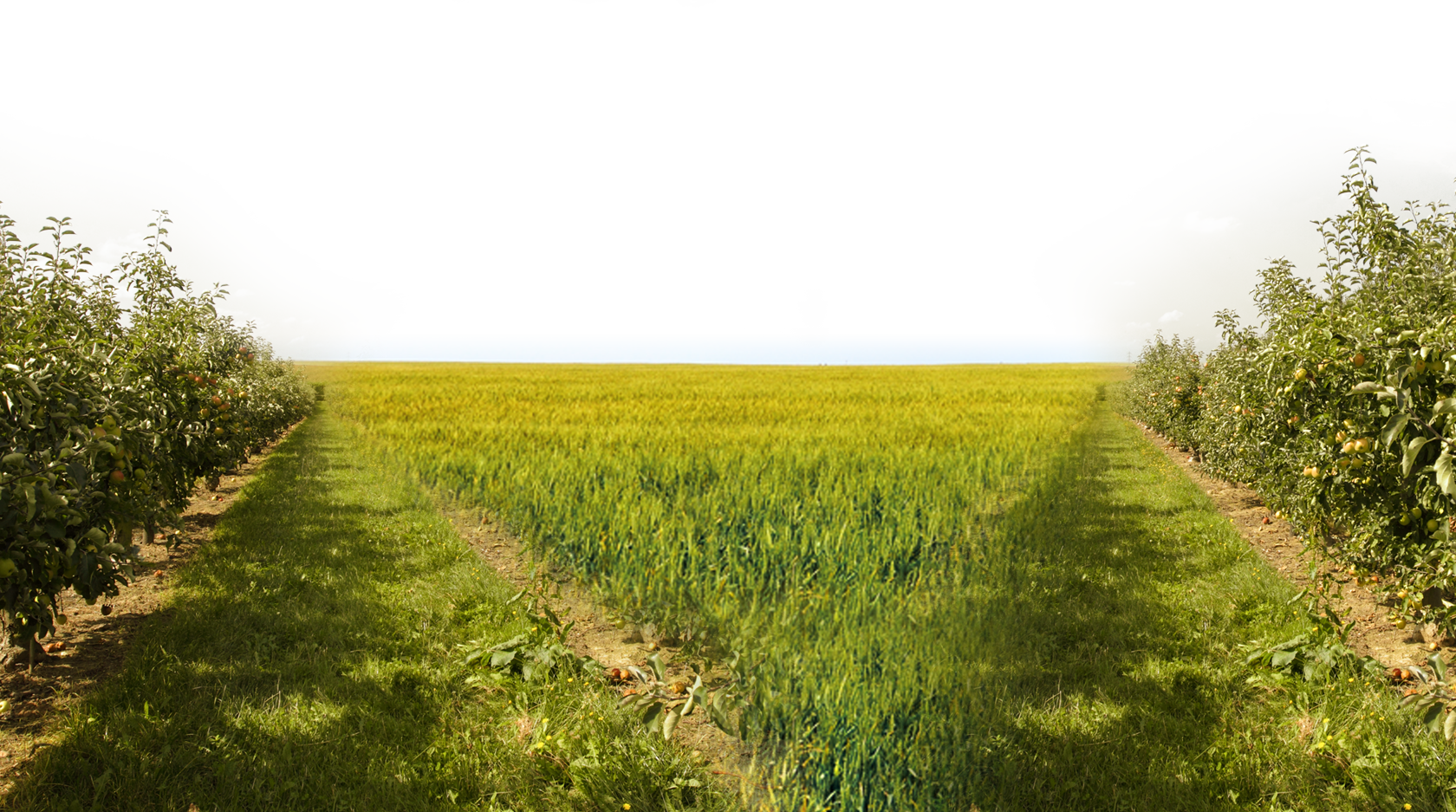
DIY: Grow Your Own Sprouts at Home
By Aisleagh Jackson | 0 Comments | Posted 03/27/2015
Salad lovers, vegetarians, pho-fanatics, rejoice! Growing your own sprouts at home is one of the easiest DIYs I’ve ever come across, as well as being one of the most cost-effective. Odds are you have everything you need to get started right now, and seeds for sprouting are less costly than buying pre-packaged sprouts at the store. Added bonus? Sprouts pack quite a nutritional punch, and the varieties offer a wide range of taste profiles.
What you need (and likely have):
- A wide-mouthed glass jar (think apple sauce or pasta sauce jars, for example)
- Cheesecloth or mesh (I reuse the mesh that garlic and some vegetables frequently come in, cut to size)
- Rubber Band(s)
- Filtered Water
What you need (and may need to purchase):
- Beans or sprouts (mung beans can be purchased dried in bulk for cost savings, seeds for sprouting alfalfa, broccoli, and radish among others should be certified organic and microbial tested)
Optional:
- Something to rest your jar(s) on, at a slight angle, to allow drainage (there are a variety of options- I use an empty planter pot, others hang theirs, and still others DIY stands out of old wire hangers)
Prep:
First up- clean everything. Wash your containers thoroughly. Wash your hands. Clean your mesh, if recycling. Rinse your elastics for good measure.
Next, place roughly a tablespoon of seeds or 1/3 cup beans in your sparkling-clean jar. You will need to soak them in fresh, filtered water overnight- a at least 3x the amount of seeds/beans you used. Place the mesh over the mouth of jar, and secure with rubber bands.
In the morning, drain completely, and then rinse again with filtered water. Find a sunny spot (this is easily done indoors, though I have mine on my balcony), and place the jars at an angle to allow drainage.
Maintenance:
There is only one habit you need to develop to ensure the tastiest and most plentiful sprouts, especially if you live in a hot and/or dry climate: rinse your beans twice a day.
Now just sit back, relax, and watch your sprouts… well, sprout.
One final note- there have been some concerns in recent years about sprouts carrying bacteria (read more here and here for food safety tips on sprout consumption), and many suggest cooking your sprouts thoroughly to avoid all risk. If you have a compromised immune system, or are preparing sprouts for small children or the elderly, this advice particularly applies. If you prefer your sprouts raw and crunchy (as I do), ensuring your seeds are of high quality, your water is filtered, and your utensils are clean are key.
(Credit for this happy-homemaking tip go to my cousin and his lovely lady, who stopped by on their way back into the country from years of traveling, living and working abroad; they shared some economical healthy-eating tricks as well as stories that make one want to buy a plane ticket immediately. Sri Lanka, anyone?)


 Contact us
Contact us



























